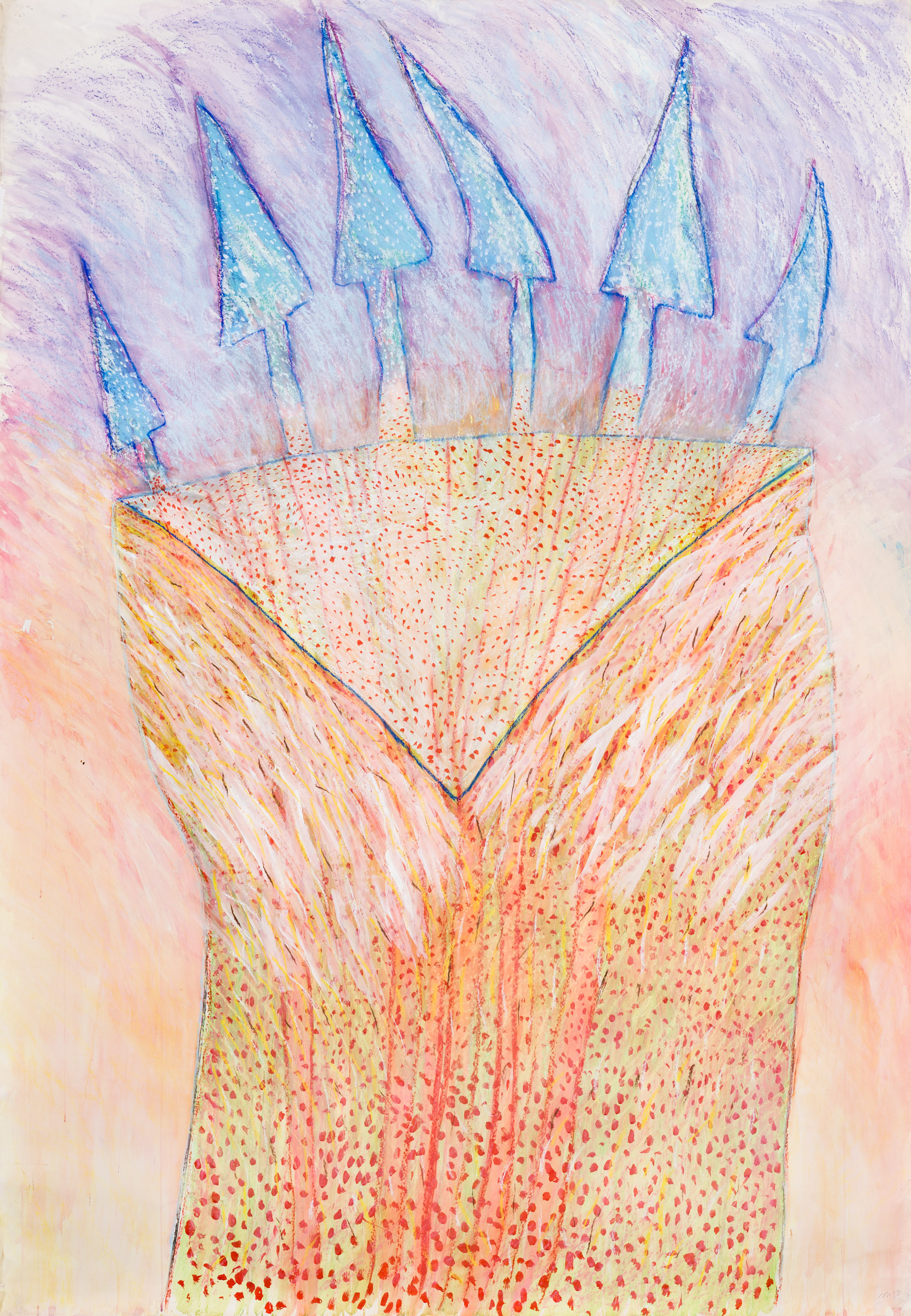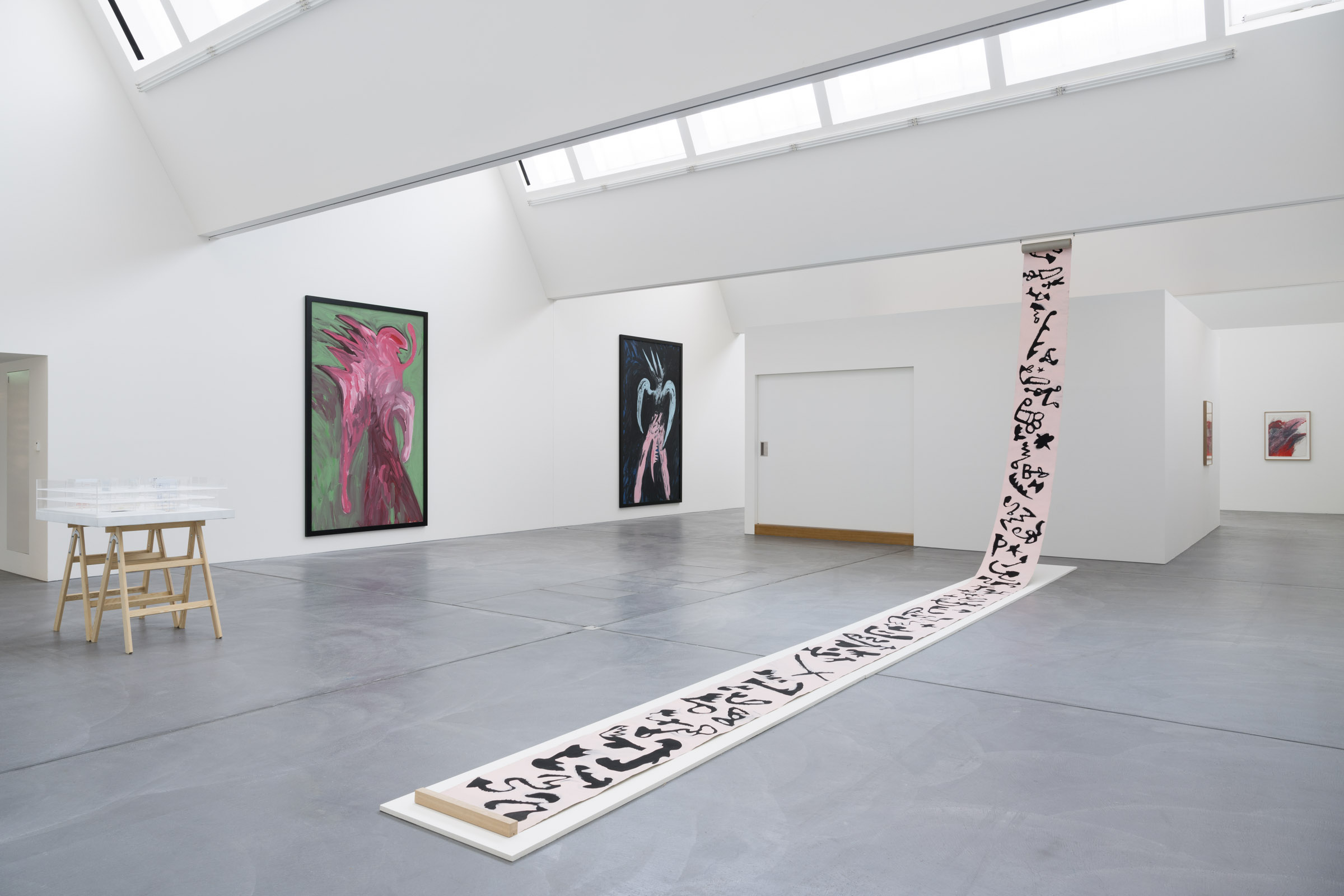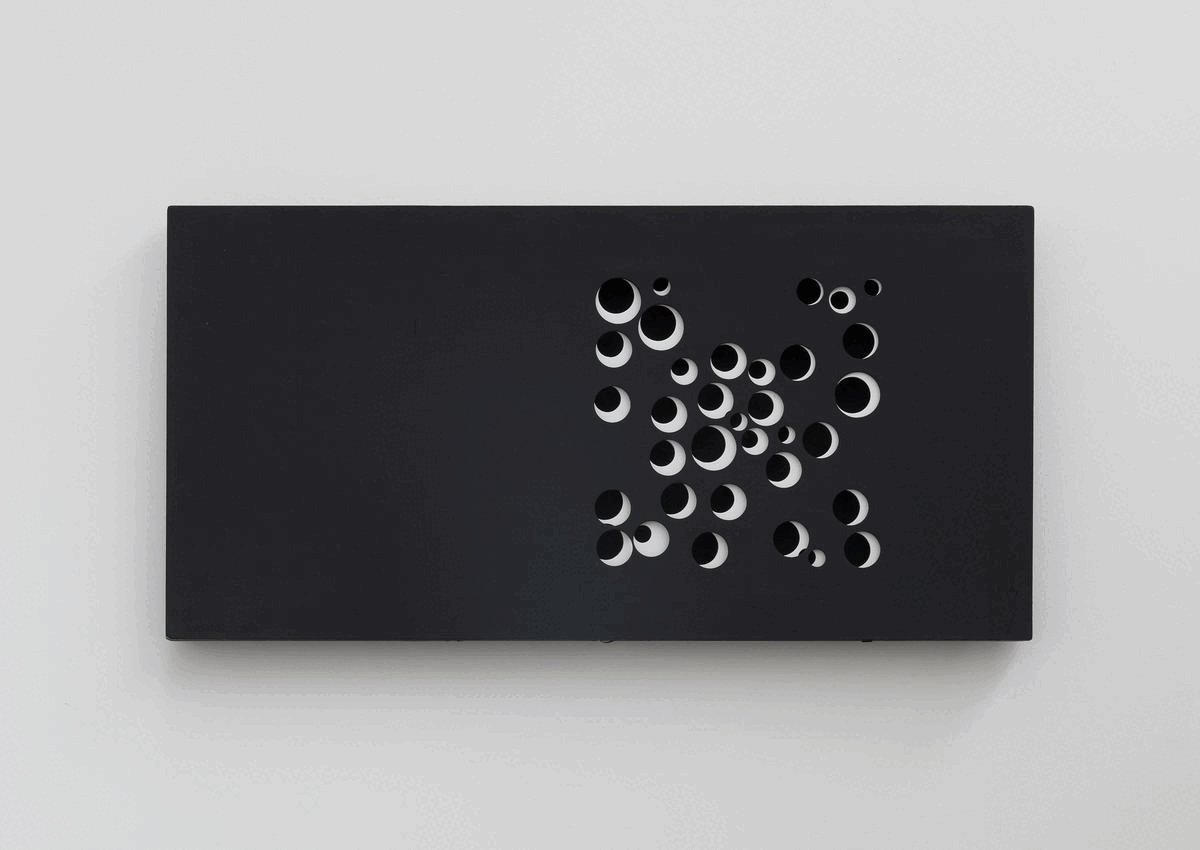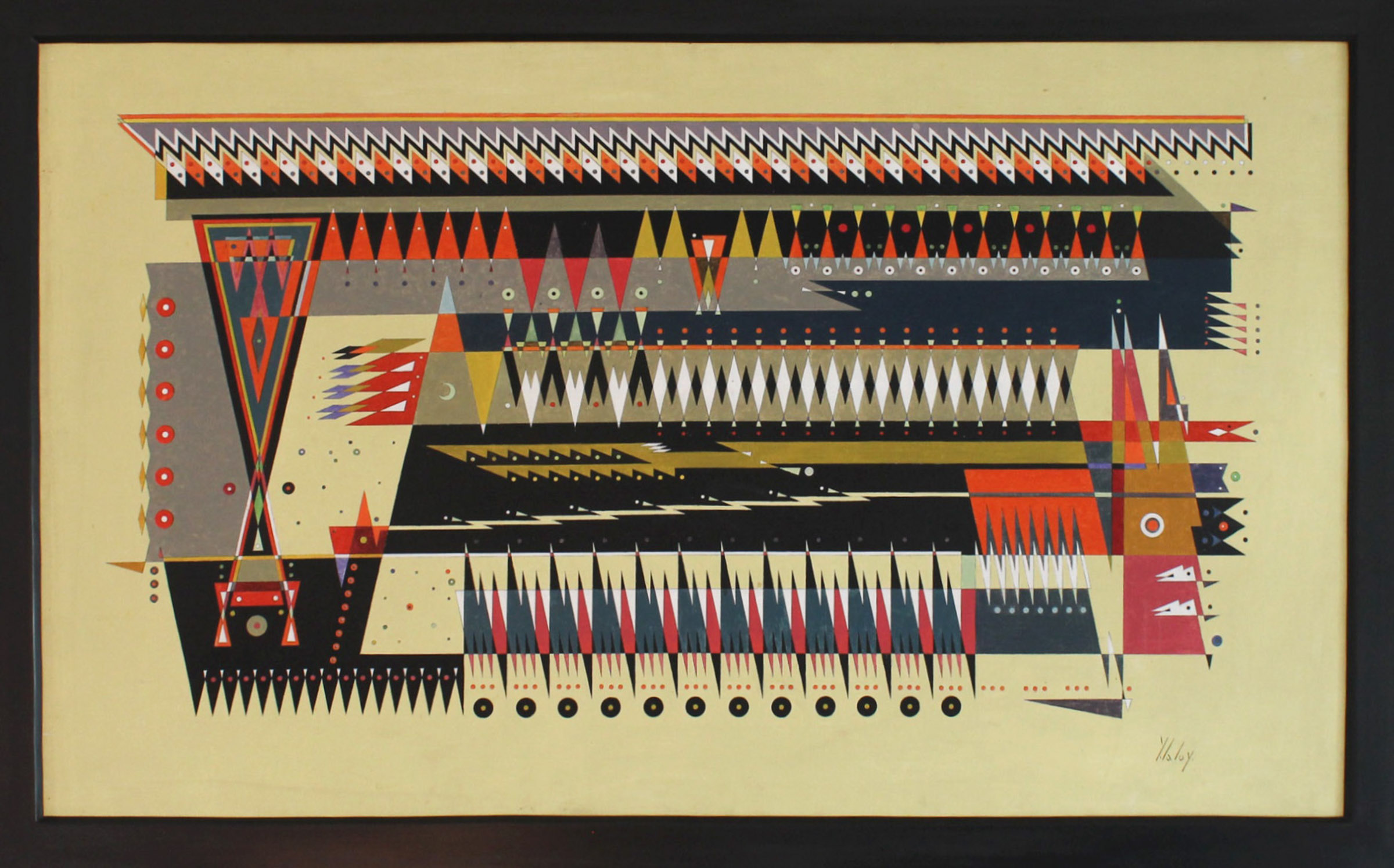Remembering a Lighthouse and Why I Am a Tiny Part of the Milky Way

From the most comprehensive publication on Eigenheer’s work to date: 'A Lifelong Search Along the Lines'
(b 1982) develops exhibitions, publications and other mediating and discursive formats in the fields of photography and art. She has been director of the Fotomuseum Winterthur since January 2018. She has worked for various institutions in Switzerland, South Africa, and the USA, among others the Museum of Contemporary Photography in Chicago. Further, she was awarded the Swiss Art Award for her curatorial and critical work and founded the independent art space sic! Raum für Kunst in Lucerne.
There are, in every curatorial life – and I count this as one of the great privileges of working in the field – encounters that shape you, that cause you to doubt yourself and above all to reflect on your own ways of working. Marianne Eigenheer is one of those encounters for me. I am writing in the present tense because her influence continues and has indelibly impacted my curatorial biography.
We first got to know each other through a lively email exchange when a short message with recent work from Marianne landed in my inbox sometime in 2010. I knew the name (she had been a very active figure in the Lucerne art scene of the 1970s and ‘80s), but was convinced she lived abroad. We later met in Basel, where I was immediately captivated by her energy, intellectual acuity and sense of humour. Right away, it was clear that the Sälistrasse space occupied by sic! Raum für Kunst at the time was a perfect fit for her drawing and painting experiments. Best of all, Marianne was all in on the idea of doing an exhibition with us. It was she who showed me what trust can look like in a curatorial relationship, how it can grow and evolve in moments of disagreement and friction, while always working, agilely, toward the same goal. Trust is what makes experimentation possible. Unpredictable outcomes need space and time to play out.

Untitled, Undated
223 x 150 cm
Mixed media

Lady Jane im Schnee, 1975
Mixed media
220 x 150 cm
All this is probably why the text I wrote for Marianne’s 2012 exhibition at sic! Raum für Kunst, titled Les guédés dansent toujours, points to significant dynamism in the development process:
“Upwards and outwards they break, bursting from their forms to hang across the surface. Mean and delicate, solemnly ironic-seeming, they take their place on the wall. Insistent as these signs appear, whatever proximity to the viewer they seek, there remains something perplexing, enigmatic about them. There is no right word to describe these paintings, as ‘sign’ clearly falls short. A sign presupposes that something is signified. This reference to a certain aspect of reality – an aspect that is abstracted to a sign and thus transposed to the realm of generality – does not suffice to describe Marianne Eigenheer’s works …
The dynamism of their arrangement on two opposing walls sets the space in motion, causes it to vibrate as though the images themselves had chosen precisely this room in which to temporarily manifest themselves. Contemplating Eigenheer’s Les guédés dansent toujours, one can hardly help but view the signs as animated in their own right, as having assumed a life of their own. There is an immediacy to the way these works are made, they arise out of the moment and are hung on the wall as an all-encompassing expression of an instance, as a reflection of an inner state. In that respect, it seems only fitting to ascribe a secret identity to Eigenheer’s pictorial signs; though in fact ‘created’ under the artist’s skin, made somewhere between her foot, heart, belly and head, they are pure expression, autonomous phenomena.”1
Marianne was an outstanding artist with a unique sense of poetry, form and colour. Leafing through her old publications, I am always surprised at how relevant and fresh her work seems. But moreover, and perhaps just as significantly, she was a lighthouse: an enduring beacon against wind and weather at a time when many female artists had to fight even harder for opportunities and possibilities than they still do today. She is a glaring example of how difficult the art world made it for women who chose to have a child in addition to their artistic practice; who occupied the charged area between care work and economic survival, between day-to-day life in the studio, exhibition presence and the greedy emphasis on performance that the art market camouflages so elegantly to the outside.

Untitled, undated
Pencil, coloured pencil and crayon on paper
80 x 60 cm
Nonetheless, as a university lecturer, she helped a number of young artists early on in their career paths; she inspired and guided them. The tension she felt – as she encouraged students to strive for excellence where she herself was so often denied the opportunity – is evident in her reply to a question Hans Ulrich Obrist posed about her many years of teaching in a conversation printed in a small publication to accompany the exhibition. She said, “Whatever I do, I want to do well and to the best of my ability, even if I can’t do what I might have wanted for myself.”
We find broader consensus nowadays. There is more general agreement around the simple fact that female artists of her generation (and beyond) were indeed active and influential in their respective fields. It’s just that they rarely enjoyed the same visibility and recognition as their male counterparts. Even now, Marianne is front of mind whenever someone feels compelled to explain that female artists are simply less active, or that there just aren’t that many exciting ones around. Sometimes angrily and with recurring bouts of pity, I wonder how, after so many years, these people have still not yet learned to see what is right in front of them.2
As for Marianne’s message to young artists as a lecturer, these are words I continue to live by today, and I am happy to pass them on. She said, “See as much as you can, go out as much as possible and come to view yourself as part of a whole. Looking up at a starry sky, think, ‘I am a tiny part of the Milky Way, but I am, and I am also something.”3
-
Wietlisbach, Nadine, ‘Les guédés dansent toujours’ [The Guédés Always Dance], Lucerne: sic! Raum für Kunst, 2012.
-
Obrist, Hans Ulrich, ‘Marianne Eigenheer im Gespräch mit Hans Ulrich Obrist’ [Marianne Eigenheer in conversation with Hans Ulrich Obrist], Lack/Lack [Lucerne], no 3, January 2012.
-
Obrist, ‘Marianne Eigenheer im Gespräch mit Hans Ulrich Obrist’.This is an essay from the new comprehensive publication on Marianne Eigenheer: A Lifelong Search Along the Lines, published by Blackdog press together with von Bartha and the estate of Marianne Eigenheer.
© 2023 Black Dog Press

What is behind that curtain?, n.d. (prob. 1984)
Acrylic on canvas
c. 241 x 148 cm




